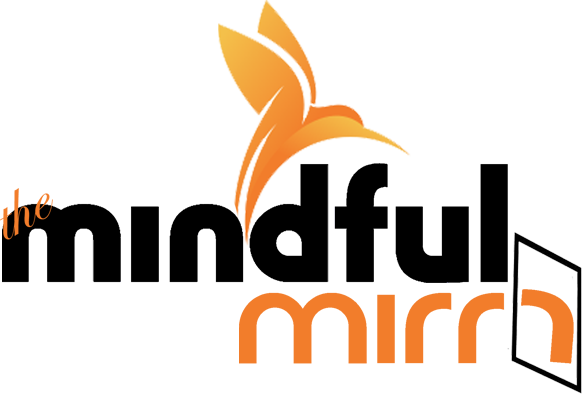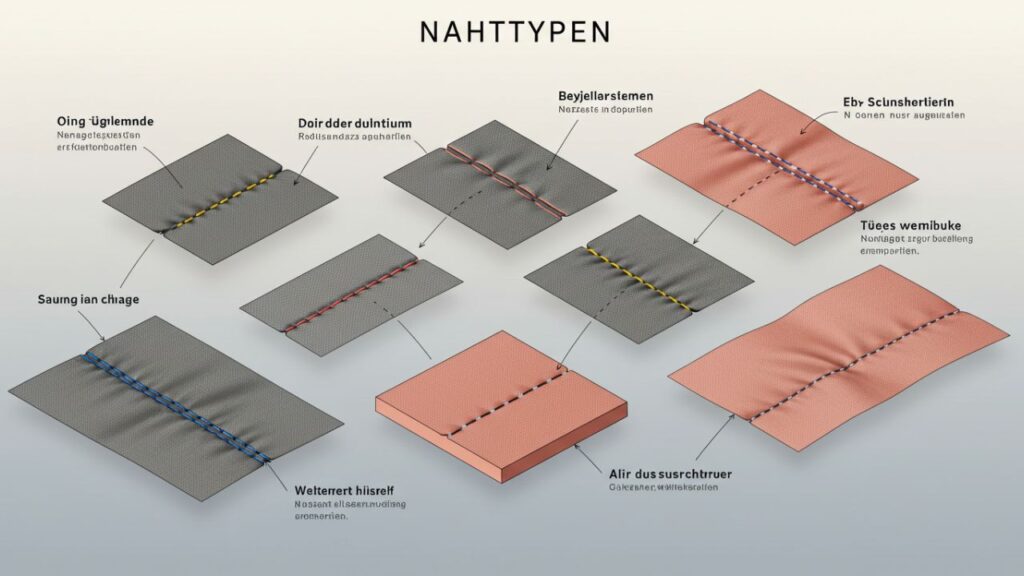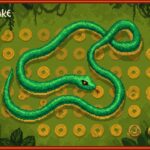Nahttypen, or seam types, are the backbone of textile construction. Whether in fashion, upholstery, or technical textiles, the way fabric pieces are joined determines the strength, durability, and overall appearance of a product. Seam types are not just about stitching fabric together—they also influence comfort, design, and even safety in certain industries.
In this comprehensive guide, we will explore Nahttypen in detail, highlighting their uses, variations, and modern applications. By the end, you will have a complete understanding of why seam types matter and how they shape the textiles we encounter every day.
Nahttypen in Daily Life
Everyday textiles depend heavily on seam types. A T-shirt uses a simple seam for light fabrics, while jeans rely on heavy-duty flat-felled seams to withstand stress. Upholstered furniture needs reinforced seams to resist wear, and car interiors use specialized seam types designed for both aesthetics and safety. Even medical textiles, such as bandages and surgical gowns, are created with seam types tailored for hygiene and reliability.
Without Nahttypen, fabric would fray, garments would lose their shape, and textiles would not be functional. They are silent details that hold everything together, making them one of the most crucial aspects of textile production.
Types of Nahttypen
Plain Seam
The plain seam is the most widely used seam type. It joins two fabric pieces with a straight stitch. This seam is common in shirts, dresses, and bedding. While simple, it requires edge finishing to avoid fraying, often done with zigzag or overlock stitching.
Topstitched Seam
Topstitched seams are plain seams reinforced with an extra line of stitching on the outside. This adds durability and a decorative touch. They are frequently used in jeans, jackets, and sportswear. Designers often use contrasting thread colors to emphasize the seam.
Flat-Felled Seam
A flat-felled seam is one of the strongest seam types. It folds fabric edges over each other before sewing them flat. This technique eliminates raw edges and creates a neat finish. Common in jeans, uniforms, and outdoor gear, this seam provides both strength and comfort.
Zigzag Seam
The zigzag seam allows flexibility, making it ideal for stretch fabrics. It also secures raw edges when a serger is not available. Zigzag seams are common in knitwear, sportswear, and children’s clothing. They are also widely used in craft projects.
Overlock Seam
The overlock seam trims fabric edges while sewing them together. It is efficient, neat, and widely used in mass garment production. Sportswear and underwear often feature overlock seams because they combine elasticity with strength.
Bound Seam
Bound seams use bias tape or fabric strips to cover raw edges. This seam is often found in unlined jackets, coats, and high-quality upholstery. It adds strength while providing a clean, professional finish.
Decorative Seams
Decorative seams, also called topstitch or embroidery seams, are used for style rather than strength. They highlight garment design lines or create visual interest. Leather goods, handbags, and luxury clothing often feature decorative Nahttypen.
Applications of Nahttypen
Different Nahttypen are used depending on fabric type, garment style, and industry needs.
-
Fashion: Lightweight fabrics use plain seams, while jeans and heavy garments rely on flat-felled seams. Decorative seams enhance design.
-
Upholstery: Furniture requires reinforced seam types such as bound or double-stitched seams to endure pressure.
-
Automotive: Car interiors rely on strong yet stylish seams. Airbags use engineered seams designed to break open safely.
-
Medical: Seam types in medical textiles must be sterile and reliable. Some are even dissolvable for surgical use.
Nahttypen in Fashion
In fashion design, seams are both functional and aesthetic. Jeans rely on multiple Nahttypen: plain seams for internal structure, flat-felled seams for strength, and decorative seams for signature looks. Sportswear depends on overlock and zigzag seams to allow freedom of movement. Designers also use decorative seam types to create bold lines or contrast within garments.
Nahttypen are essential to defining style—without them, fashion would lose much of its structure and creativity.
Technical Role of Nahttypen
Beyond fashion, seam types serve highly technical purposes. Waterproof jackets use sealed seams to prevent leaks, while tents and sleeping bags rely on reinforced seam types for durability. Safety harnesses, parachutes, and automotive airbags all depend on engineered seams designed to withstand or release pressure under specific conditions.
This demonstrates that Nahttypen are not just part of creative industries but also vital to safety and performance in technical applications.
Benefits of Choosing the Right Seam Type
Selecting the correct Nahttypen provides multiple advantages:
-
Extends the product’s lifespan
-
Improves fabric performance
-
Enhances comfort and style
-
Adapts garments to specific functions
-
Ensures safety in technical products
On the other hand, using the wrong seam can lead to fabric distortion, discomfort, or even dangerous product failures.
Tips for Working with Nahttypen
For those who sew, understanding seam types is essential. Here are some tips:
-
Match seam type to fabric weight and stretch.
-
Use zigzag or overlock seams for knits.
-
Apply flat-felled seams for high-stress areas.
-
Experiment with decorative seams to personalize designs.
-
Pay attention to thread type, stitch length, and needle size for best results.
By combining the right seam type with proper techniques, sewing projects become more durable and professional.
Future of Nahttypen
The future of Nahttypen is evolving with technology. Modern innovations include laser-cut seams, ultrasonic bonding, and glued seams that eliminate thread entirely. Sustainable fashion is also driving new seam methods that are recyclable and environmentally friendly.
Smart textiles, such as fabrics with built-in sensors, require advanced seam techniques that allow flexibility without interfering with electronic components. As technology and fashion merge, Nahttypen will continue to evolve to meet new demands.
Conclusion
Nahttypen may seem like small details, but they are the foundation of textile design. From a plain seam in a T-shirt to reinforced seams in technical gear, seam types influence durability, comfort, safety, and style. By understanding Nahttypen, designers, manufacturers, and hobbyists can make informed decisions that improve both the function and appearance of their creations.





